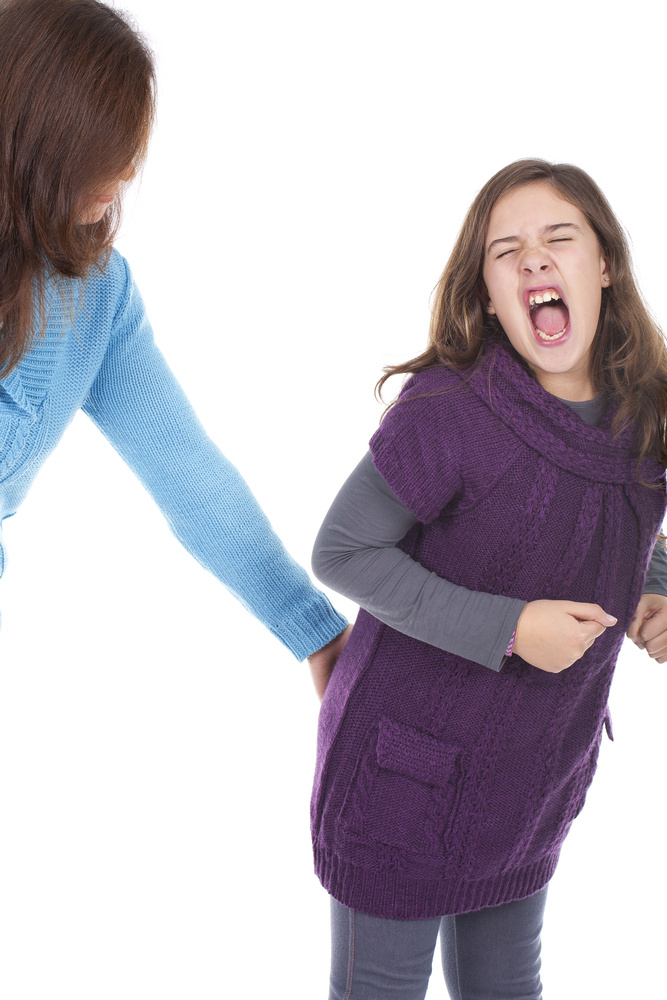Grooming / Inciting A Minor
Grooming itself is not an offence on its own. To be guilty, the defendant must be shown to have met or communicated with a child on at least two occasions, and then travelled with the intention of meeting them to commit a sexual offence, typically sexual assault or rape. The initial two or more contacts need not actually be sexual in nature, but the intention when travelling to meet must be for a sexual purpose. The meeting need not take place. Travelling to it is enough. The child need not exist as long as the defendant thinks he or she does exist. This allows for the possibility of a police sting where the defendant is arrested at a meeting with (or on the way to) an undercover officer.
The law on causing or inciting a child to engage in sexual activity is split into two main offences. The first is an offence of inciting or encouraging a child to engage in sexual activity when the person doing it is over 18. For this offence to be made out, the prosecution must prove that the child was under 13, or that the child was under 16 and the adult did not reasonably believe that he or she was 16 or over. ‘Reasonably’ means that a jury will have to make a decision about whether the mistake over the age was one that is plausible to them looking at it objectively. If the child is under 13, the adult’s view of the age is irrelevant.
The second type of offence of causing or inciting a child to engage in sexual activity is where the child is under 13, irrespective of the age of the defendant. This applies to offences committed by young people under 18, including by children under 16 and even under 13.
The above information is only intended as a basic guide to some of the issues that arise in these cases. It cannot replace expert advice by an experienced lawyer. If you or a family member are worried about an investigation or prosecution for an inciting or grooming offence, Contact Us.

